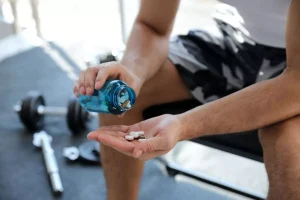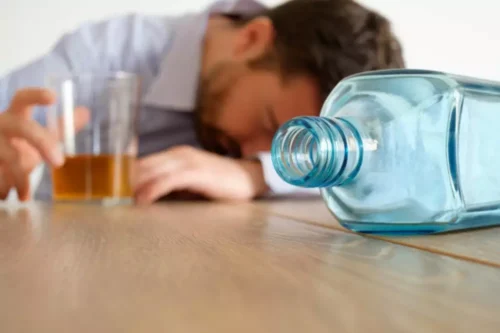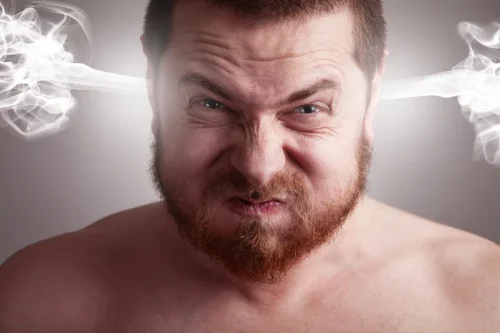
After months or years of chemical dependency, the brain must relearn how to live a sober lifestyle. Keeping a trigger diary is an effective way for individuals to identify and anticipate triggers in their daily lives. When someone records detailed information on what, who, when, and where was the motivation before their use or craving, they can gain insight into how to reduce temptation or take preventive action. At the same time, journaling can provide a safe space to document emotions, thoughts, and feelings surrounding the trigger to gain better insight into the triggers themselves.
Event Types During the Nonshippable Sales Process
While it seems kind to express that they love their child and hate to see them suffer, such a response hijacks the conversation and communicates that they aren’t able to help. It’s important to know what triggers https://ecosoberhouse.com/recovery-residence/ you, but equally essential to learn how to remain calm when faced with it. You can also use encounters with rudeness to reinforce your desire to show civility toward others rather than stooping to their level.
How to Identify and Cope With Your PTSD Triggers

Building resilience is another critical aspect of relapse prevention. Resilience equips individuals with the strength to weather challenges, adapt to change, and persist in their recovery journey. In doing so, it fosters personal growth and self-confidence, fortifying the path toward sustained recovery. Learning to cope with external triggers involves developing strategies to avoid or deal with these triggering situations. This might involve steering clear of specific locations or individuals that could trigger a relapse. Alternatively, it might require using strategies such as diverting your attention, reaching out for help, or engaging in mindfulness exercises when confronted with a potential trigger.

Navigating External Triggers: Recognition and Coping Mechanisms
- On any given day, you probably experience a range of emotions —excitement, unease, frustration, joy, disappointment.
- Stress is a potent internal trigger that can significantly impact individuals in recovery.
- They are external factors or situations that remind one of past behaviors.
- Most single-action revolvers usually have no internal safeties, like a transfer bar, hammer block, or drop safety and have a half-cock Safety Notch (defined below) on the hammer and are not drop safe.
- Before we explore each pillar, we must first have an understanding of internal and external triggers.
Thus, the old West six-shooters were really five shooters, since cowboys learned the hard way and kept their hammer down on an empty chamber. However, it is essential to seek specialized care from our addiction treatment center promptly to avert the relapse from becoming a full-blown return to active addiction. The good news about triggers is they lessen with time as you create new memories.
Social support:
Being around certain people can lead to relapse, so limiting your contact with them is crucial. If addicted people could simply make the decision to get sober, snap their fingers, and turn their lives around, they would. Recovery is not easy and most people require addiction treatment to reclaim their lives once they become addicted to drugs or alcohol. A key step in learning to recognize your triggers involves paying attention when situations generate a strong emotional response.

Several ask how drop safeties, decockers, firing pin blocks, hammer blocks, transfer bars, magazine disconnects, trigger safeties, half-cock and safety notches, etc. work and how do their mechanisms differ. Some students want to know what is the Glock “Safe Action” internal-only system and its safeties. So, I want to present and discuss the eleven common types of handgun safeties and their characteristics and some safety concerns. A wide array of negative emotions, such as anger, sadness, and anxiety, characterizes the emotional relapse stage of addiction relapse. These feelings can lead to impulse behaviors against the individual’s recovery plan.
- Some say the answer is just to buy a gun with a very long and hard trigger press which is really the only good safety mechanism you need.
- And if you can’t avoid these people in your life, you should consider limiting your time with them, even if it is a coworker or your employers; Limit how much time you spend with them in the office.
- External triggers are situations or objects in your environment, while internal triggers emerge from inside of your own body.

Your goal should be to detach yourself from the trigger, recenter, and focus on your coping strategy. Whether trigger warnings are helpful or harmful is a subject of debate. Some use trigger warnings to give students time to physically or mentally prepare for potentially internal and external triggers distressing subject matter, such as physical or sexual violence. Trigger warnings are used in other settings, too, such as in the media. What may be a normal, everyday situation or minor inconvenience for some may be triggering to someone living with mental illness.
- Recognizing and understanding both types of triggers can significantly enhance an individual’s recovery progress and help prevent relapses.
- This not only helps you overcome them but may also be beneficial for examining and understanding what may have led you to substance use disorder.
- Recognize that a Safety Notch used to “half-cock” a gun is an active feature that must be engaged and does not positively prevent accidental discharges in all cases.
- Single-action revolvers and most double-action revolvers do not have external safeties.
- When you are reminded of a life changing traumatic event, it can take over your life and lead to adverse effects on your psychological and physical health.
This approach supports recovery and empowers individuals on their journey toward healing and sobriety. Our brain stores memories by associating them with other memories. Often a place may trigger a memory of an event, or smelling something, such as a particular cologne, may trigger your memory of a loved relative. The way that the brain links memories is a powerful tool that is used to help you recall important information, but that may also affect your recovery process. When you choose to get treatment at North Georgia Recovery Center, you can rest assured knowing that you will be treated by licensed therapists in our state-of-the-art facilities.

